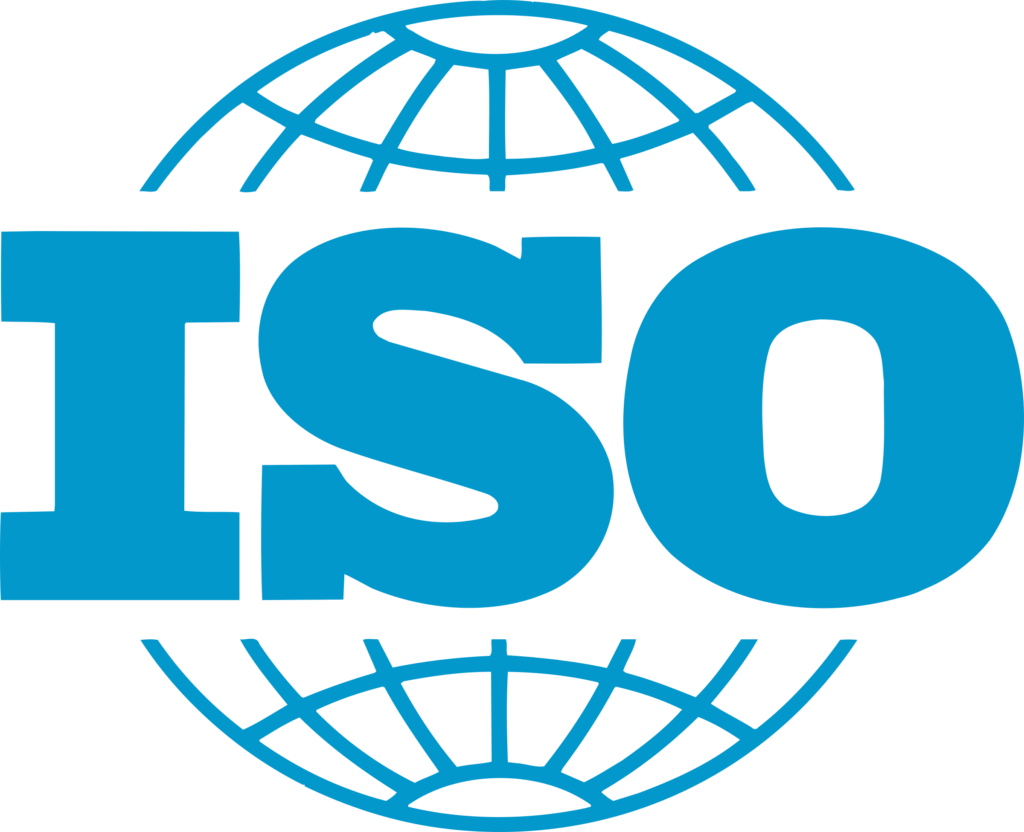Absenteeism, defined as the habitual and frequent absence from work without a valid reason, has long been a thorn in the side of businesses worldwide. While every employee is entitled to time off, chronic absenteeism can lead to decreased productivity, increased costs, and strain on remaining staff. It’s important to distinguish absenteeism from presenteeism, where employees are physically present but underperforming due to illness, disengagement, or personal issues. Both can have damaging effects on an organisation, but absenteeism is more overt, often requiring immediate intervention.

Absenteeism can stem from a variety of causes—ranging from personal health issues, stress, burnout, or disengagement with the job. A high rate of absenteeism disrupts workflow, increases the workload for colleagues, and can even lead to deteriorating morale within the team. Worse yet, absenteeism is often contagious; as more employees take unscheduled leave, others may follow, especially if it becomes culturally acceptable within the organisation.
So, how can businesses mitigate this problem? As a senior recruiter or HR professional, it’s essential to go beyond basic attendance tracking and dig into the root causes. Here are five effective strategies to reduce absenteeism and improve workplace productivity.
1. Build employee engagement and workplace culture
One of the most effective ways to combat absenteeism is by creating a workplace where employees feel valued, motivated, and engaged. Disengaged employees are more likely to call in sick, avoid work, or even leave the organisation entirely. When employees are passionate about their work, connected to the company’s mission, and supported by their leadership, they’re far less likely to take unscheduled leave.
How to achieve this:
- Conduct regular employee engagement surveys to understand pain points.
- Recognise and reward employee achievements—both big and small.
- Encourage open communication where employees feel comfortable sharing concerns or suggestions.
- Develop strong, positive relationships between managers and employees through regular one-on-one check-ins.
By cultivating a culture that prioritises engagement, companies can reduce feelings of burnout, detachment, and disengagement, which are often precursors to absenteeism.
2. Offer flexible work options
In today’s modern workplace, flexibility is not just a perk but a necessity for many employees. Personal responsibilities, such as childcare, health appointments, or even mental health management, can lead to higher absenteeism if employees feel unable to balance their work and life commitments. Offering flexible work arrangements, such as remote work options or flexible hours, can help address these issues.
How to achieve this:
- Introduce hybrid work models that allow employees to work from home part-time, reducing the need for time off due to personal matters.
- Implement flexible scheduling to accommodate employees’ personal commitments while ensuring business needs are met.
- Consider introducing a compressed workweek where employees work longer hours in exchange for an extra day off.
Flexibility shows employees that the company trusts them to manage their time and responsibilities effectively, ultimately leading to reduced absenteeism.
3. Be proactive with employee health and well-being
Employee health—both physical and mental—directly impacts absenteeism rates. Work-related stress, burnout, and poor physical health are leading causes of absenteeism. Therefore, adopting a proactive approach to health and well-being can prevent many of the underlying issues that lead to employees calling in sick.
How to achieve this:
- Offer comprehensive health benefits, including mental health services and Employee Assistance Programs (EAPs).
- Introduce wellness programs that encourage physical activity, mindfulness, and stress management, such as yoga classes, gym memberships, or on-site health checkups.
- Normalise mental health conversations in the workplace and offer resources for employees struggling with stress, anxiety, or burnout.
- Ensure that workloads are manageable and that employees have the support they need to succeed.
By addressing health and well-being on a preventative level, you can reduce the number of sick days employees need to take while also fostering a healthier, happier workforce.
4. Establish clear attendance policies with consequences and support
Having clear, consistent attendance policies is crucial for managing absenteeism. Employees need to understand what constitutes acceptable versus unacceptable absenteeism and the potential consequences for excessive, unapproved absences. However, it’s equally important to offer support when legitimate issues arise that could lead to absenteeism, such as health problems or family emergencies.
How to achieve this:
- Create and communicate a transparent attendance policy that outlines expectations and consequences for absenteeism.
- Offer a clear process for requesting time off in advance, so employees can plan accordingly.
- Use return-to-work interviews after extended absences to check in on employees and provide them with the support they may need to reintegrate smoothly.
- Implement progressive discipline for chronic absenteeism, but pair it with opportunities for employees to explain their situation and receive assistance, such as offering referrals to EAPs or discussing possible workload adjustments.
While enforcing rules, it’s essential to also show empathy and understanding for legitimate personal issues that might affect attendance – remember this shouldn’t be used as a stick to beat people with.
5. Invest in employee development and career growth
Absenteeism is often linked to feelings of stagnation or lack of progression within the company. Employees who don’t see a clear path for growth or professional development are more likely to disengage, which can lead to frequent absences. By investing in employees’ development, you create a sense of purpose and motivation, increasing their commitment to the company.
How to achieve this:
- Offer team building workshops, leadership workshops, mentorship, and other learning opportunities to help employees enhance their skills and grow within their roles.
- Conduct regular performance reviews to discuss career goals and create actionable development plans.
- Promote from within and provide pathways for advancement so employees know they can grow their careers within your organisation.
When employees feel they have opportunities for advancement and are valued contributors to the business, they are more likely to remain engaged and committed, reducing absenteeism.
The bottom line
Absenteeism in the workplace is not just a scheduling issue—it’s often a sign of deeper problems related to employee engagement, well-being, and organisational culture. By proactively addressing these areas, businesses can reduce absenteeism, foster a more productive work environment, and increase employee retention. Implementing strategies like offering flexible work arrangements, promoting health and wellness, and investing in employee development can yield significant returns, both in terms of reduced absenteeism and overall workplace morale.
For recruiters, HR professionals, and business owners, tackling absenteeism with a multifaceted approach is key to maintaining a happy, healthy, and productive workforce.



